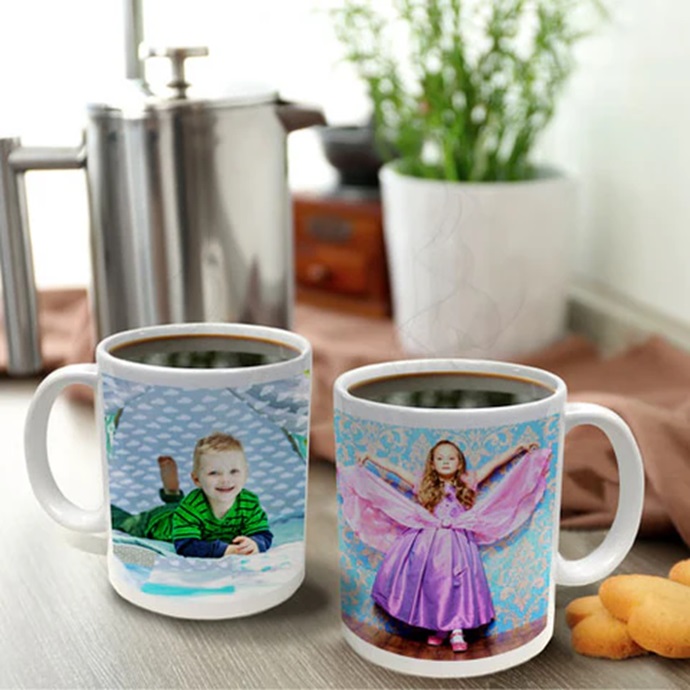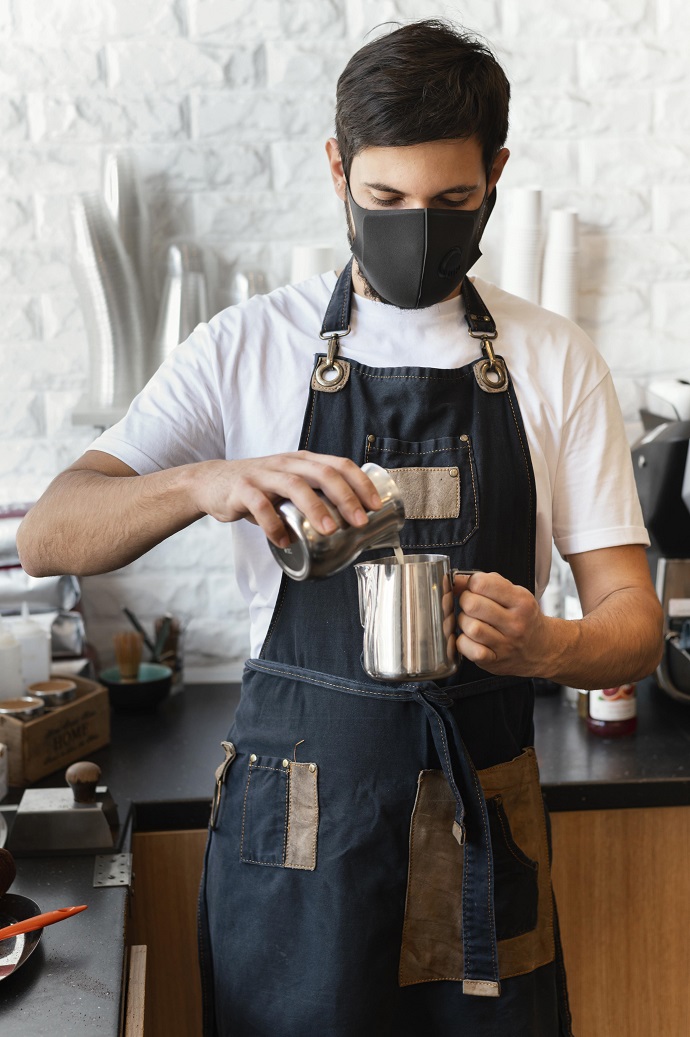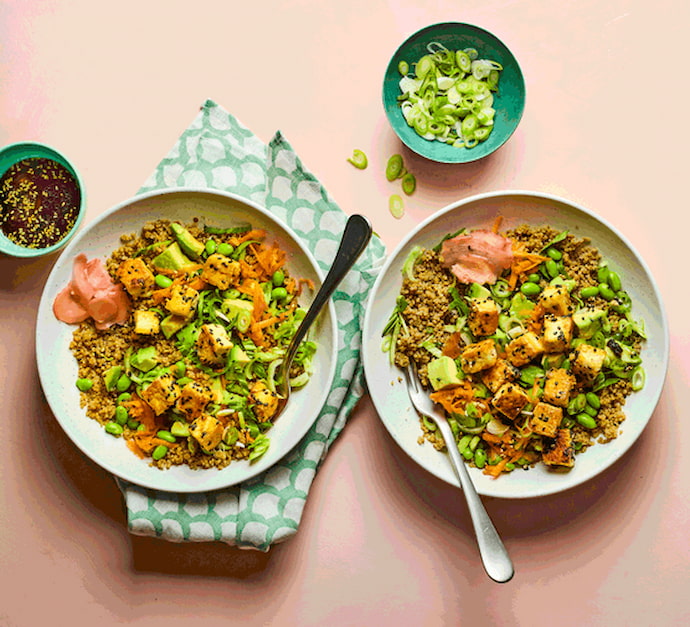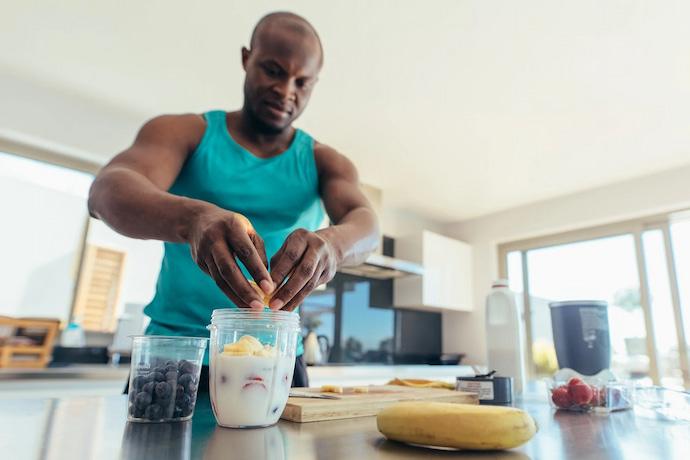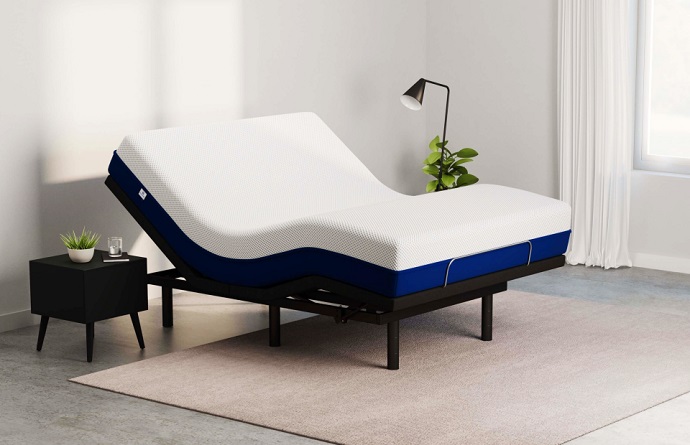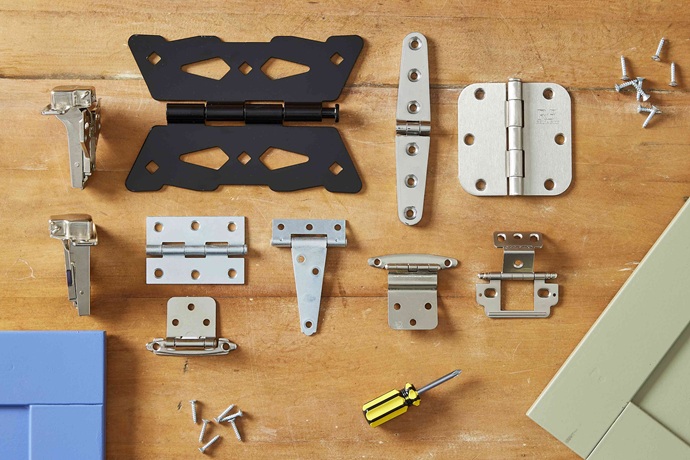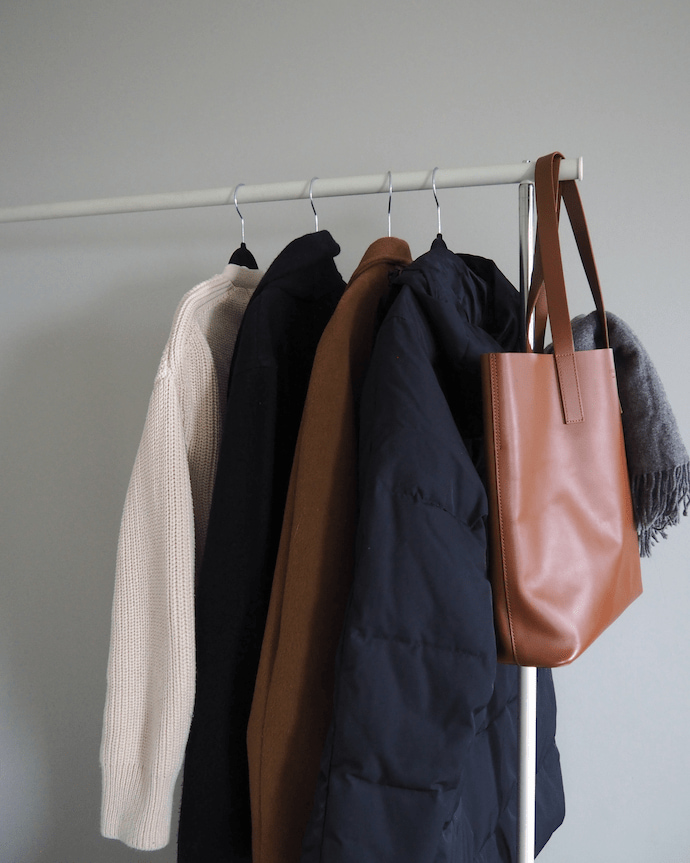If you’re a parent, I’m sure you know how fast babies grow and outgrow each phase of their development. And, each of their phases has its peak moment. Speaking of phases in your child’s life — training pants are the brief moment, or in other words, the middle ground between diapers and cloth underwear.
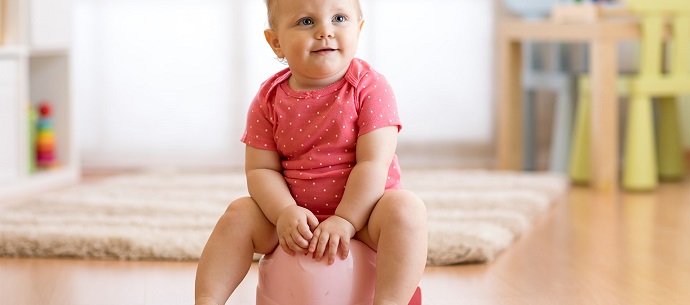
Source: pampers.com
Cloth vs. Disposable Training Pants
When looking for the perfect pair of baby training pants, you’ll come across two main options: cloth and disposable.
Cloth
Most parents find cloth training pants to be less expensive in the long run and more eco-friendly. Cotton-made baby training pants help your child understand that they’re now entering a new chapter because they feel different from a diaper. And last but not least, their 100% cotton material is really good for sensitive baby skin and for preventing irritations, redness, and rashes.
Disposable
You might want to consider stocking up on a couple of disposables if your child is still experiencing night-time accidents. Disposable diapers have more layers and are more absorbing. So, depending on your little one’s activity and what time of the day is, you can make your choice accordingly. At the end of the day, stocking up on different kinds of toilet training pants is what I would recommend.
How to Encourage Your Baby to Wear Training Underwear?
The transition between wearing diapers and pottying independently isn’t an easy task and takes a lot of patience and time. That’s why according to your child’s temperament, there’s different ways and tactics to get them there smoothly and tension-free.
Be Ready
Make sure to offer the toilet to your child upon waking, before and after meals and before heading out. Noticing the pattern of their metabolism can help you know when to encourage them to try. Other than saving you time, using the potty at a similar time each day will create a habit for them as well.
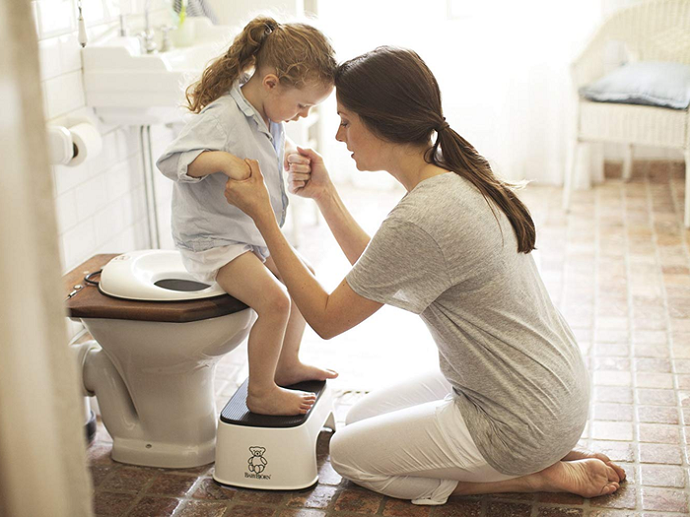
Source: businessinsider.com
Positive Encouragement
Clapping, singing, cheering them on, can work miracles. Celebrate each of their successes and soon your toddler will learn that letting go of the diaper is a positive experience. So take your time, and let them know that you’re here for them and everything is alright.
Accidents Will Happen
You can try your best to prevent accidents from happening. You can cover your furniture, you can make sure there’s always a toddler-potty available but when it happens it just happens. There’s no need to stress out. Simply make sure that you have sufficient cleaning supplies and extra clothing around at all times.
Observe Your Child
If your child is having trouble using the potty, find out if there are any fears involved. For example, they can have a fear of falling. Many children benefit from talking through the process, some benefit from being distracted with toys, others like to take their time and require more of your patience, etc.
Increased Independence
Regression is possible, but try your best to stay consistent and push through this important transition. Patience, timing, and positive encouragement are key. The elastic waist and pull-up style of toilet training pants means your little one can learn basic skills like dressing and simultaneously this helps your child feel more confident about doing things on their own.
Outside of Your Home
Some toddlers shy away when they need to repeat an activity they have learned at home. Consider bringing along a portable potty seat for public toilets. Keep an open mind and address their concerns and challenges with going to the potty outside the home.
Even when it seems that your child is fully potty-trained, accidents can still happen so there’s no need for guilt or shame. Remember to praise and reward your child and yourself for all the progress they have made.
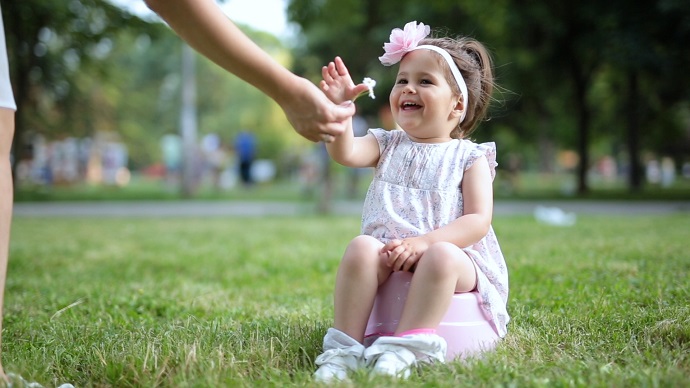
Source: parents.com
Additional Child Hygiene Care
Baby/Toddler Baths
A newborn’s skin is soft, sensitive and delicate. Contrary to popular thought, most babies don’t require a bath every single day. With all the diaper changes and wiping of their body and face, most babies only need to be bathed 2 or 3 times a week or every other day. Many parents prefer to bathe their baby in the evening, especially if bath time is soothing for the baby. Sponge baths are needed at first, and then as the months go by, gradually and safely get your child used to more water. Use all safety precautions and never leave them alone until they get older and more independent.
Washing Hands
Explain to your children that handwashing before eating, after using the potty or touching anything dirty helps prevent them from getting sick. No one likes to be sick, or get someone else sick. Proper handwashing can help prevent these and still be a fun experience. Also, remind your child to wash their hands not only when there’s obvious dirt but explain that germs might not be visible, however, still cause harm. Make sure to demonstrate handwashing in front of them a couple of times before you let them try. If your child can stand, use a safety step to boost him or her up to the faucet.
Dental Care
Toddler’s teeth need cleaning twice a day – in the morning and before bed. Get a small, soft toothbrush designed for children under two years. Brush their teeth with just water until your dentist recommends you can start using a pea-sized amount of low-fluoride toothpaste. Little by little, letting your child hold the toothbrush with you will help them feel they are part of the action. As always, incorporate singing, clapping and rewarding them with purposeful toys for each little step they make towards being healthy and independent.
